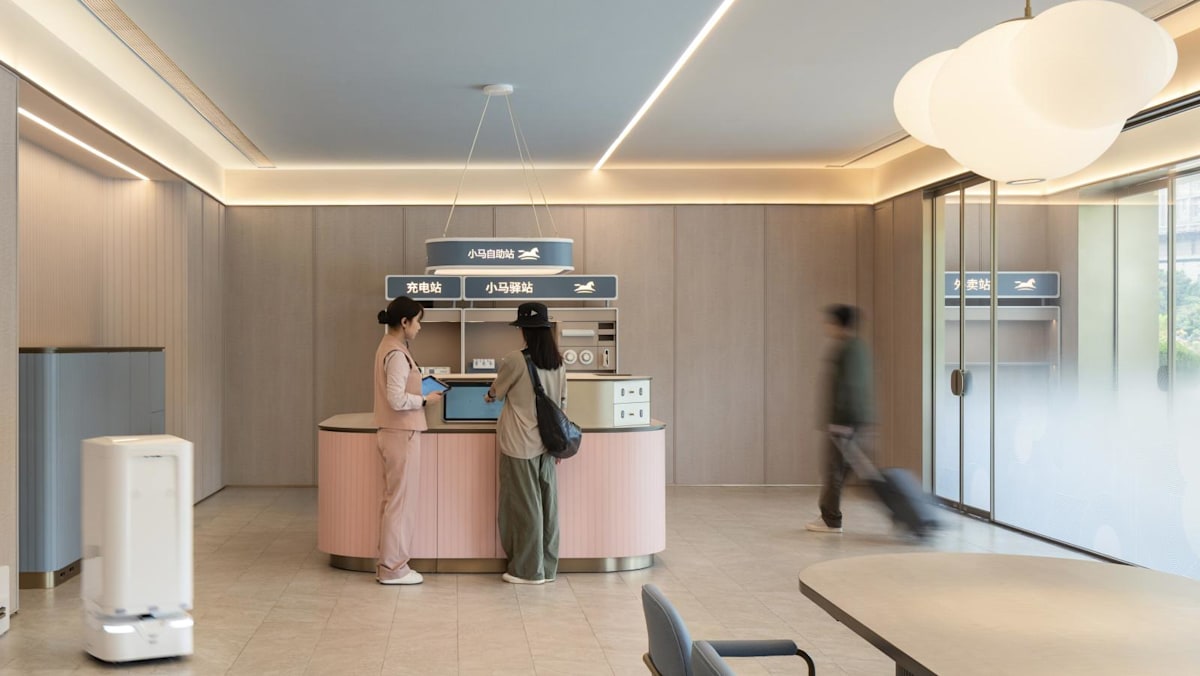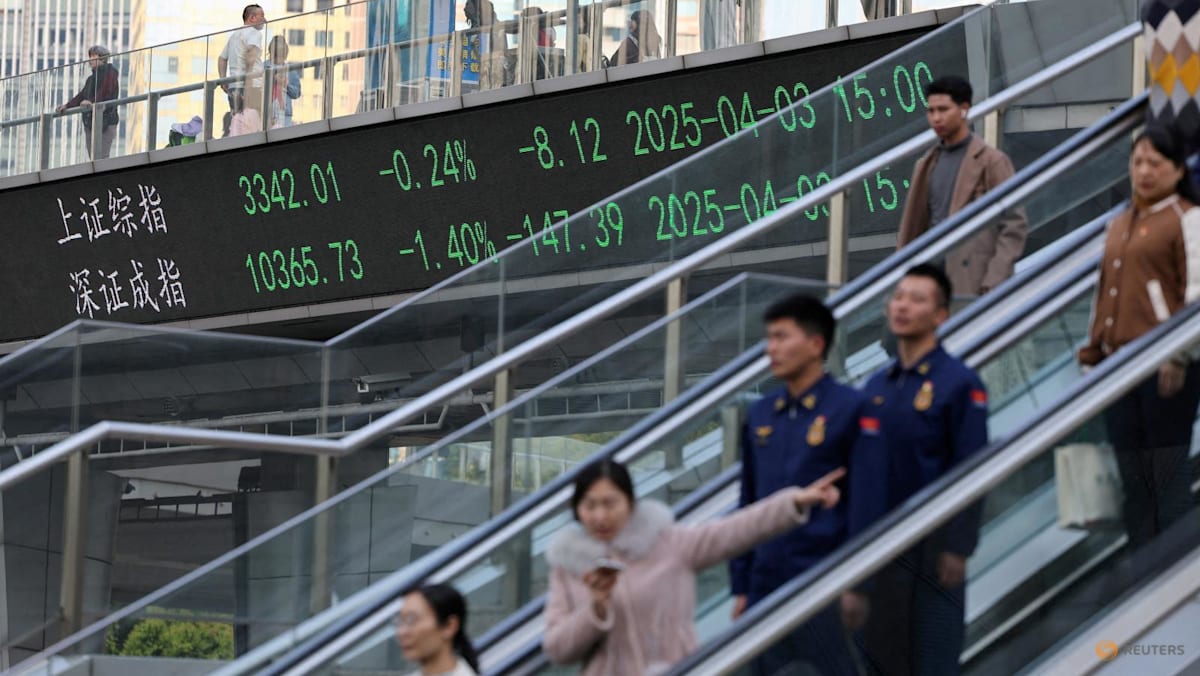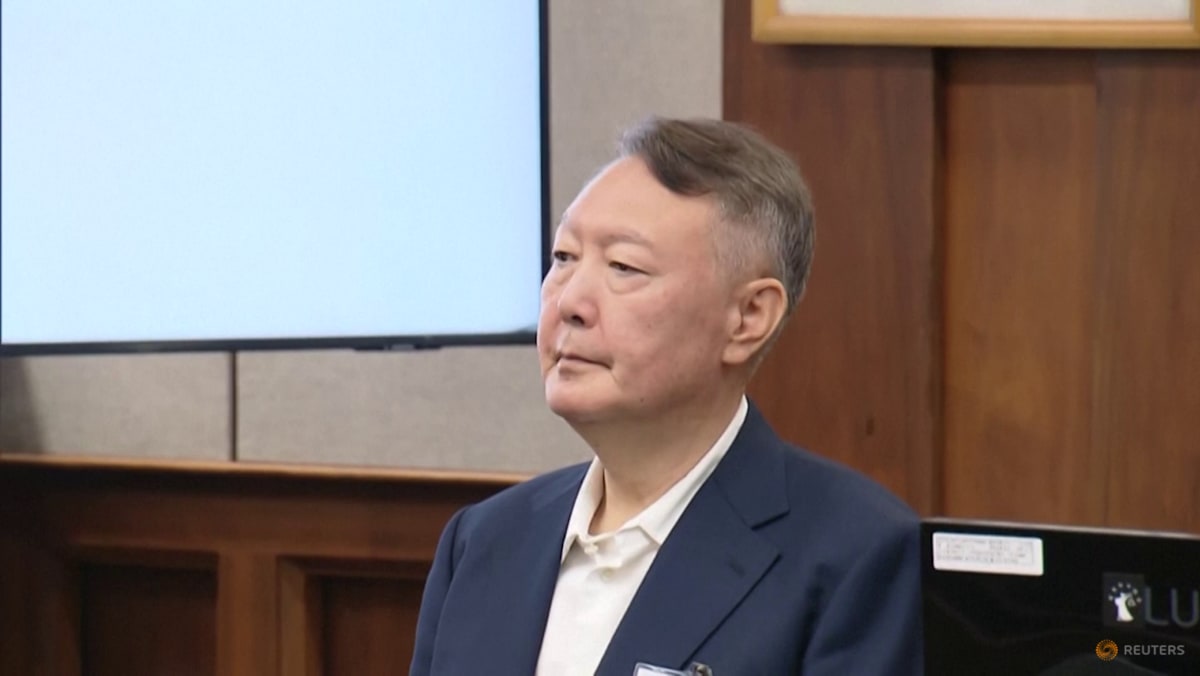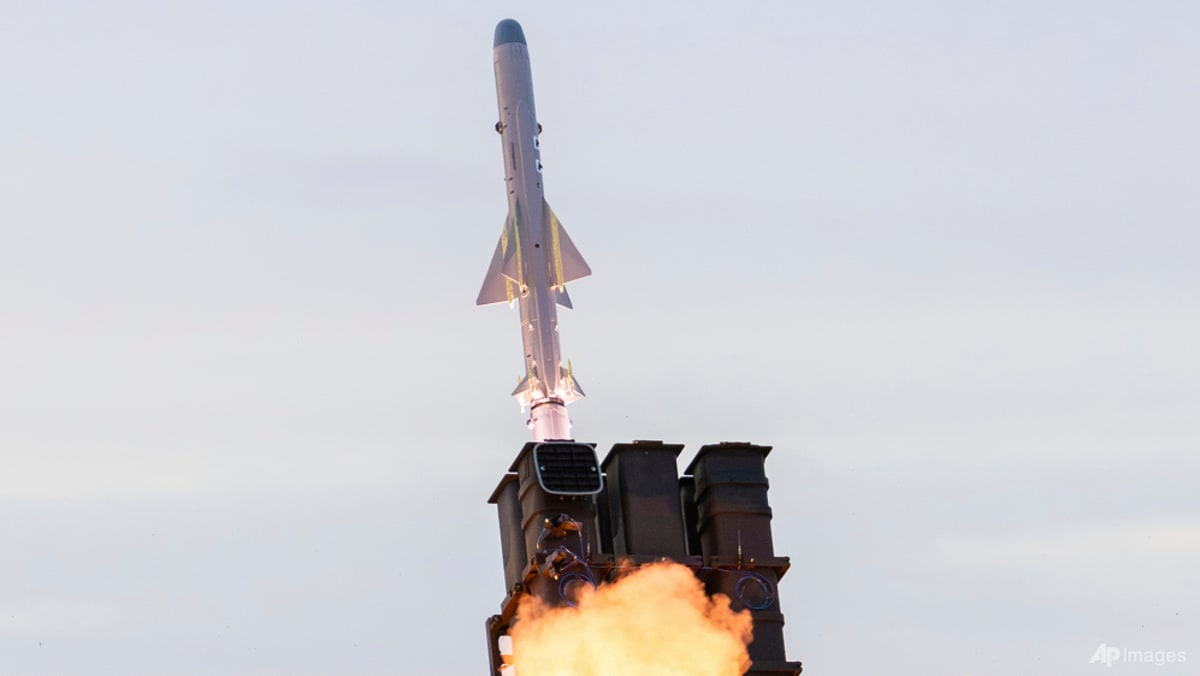SHENZHEN: Ordering bottled water at a hotel would usually mean calling room service and waiting for staff to deliver it later.
But Chinese AI could soon speed up that process: with a digital concierge logging the request and dispatching a delivery robot to your door just minutes later.
The service, known as Hua Xiao AI, will roll out later this year across H World Group hotels in China, one of the country’s largest hotel chains that also owns the Ji Hotel brand, with presence in Singapore, and soon, Malaysia.
This digital concierge can handle more than 30 tasks, from answering room queries to giving recommendations on nearby dining and attractions. It is powered by Tencent Cloud’s Agent Development Platform, a plug-and-play system built on Large Language Models (LLMs). LLMs are the same underlying AI technology that powers apps like ChatGPT.
“In the future, the strength of a company will not lie in its own capabilities, but in its ability to connect with the best resources in society,” said H World CEO Jin Hui, who was speaking at the Tencent Global Digital Ecosystem Summit last week.
China’s AI sector is rapidly evolving in line with Beijing’s ambitious “AI Plus” strategy, which seeks to integrate AI technology into 90 per cent of major industries by 2030.
A new wave of plug-and-play tech is emerging, designed to streamline processes and make AI adoption much simpler.
From an online platform that lets firms build their own digital staff, to a computer loaded with AI models like DeepSeek, these plug-and-play tools promise to make adopting AI as easy as turning on a device.
All users need to do is input commands or data, and the machine does the rest – whether it’s answering questions, generating reports or carrying out routine tasks. Such devices are already being used in settings like hospitals, schools and government offices to carry out tasks like teaching and research support.
In practice, it’s as straightforward as plugging it in, typing or speaking a request, and getting results within seconds.
Sales of all-in-one machines are expected to surge fivefold, from 150,000 units in 2025 to 720,000 by 2027, with market value rising from 123.6 billion yuan to over 520.8 billion yuan, according to data released by Zheshang Securities.
“Industries such as manufacturing and retail, which have weaker hardware development capabilities, are more willing to adopt all-in-one machines,” noted Lu Yanxia, research director at IDC China, a global market research and consulting firm.
Lu believes demand would mostly come from government offices, state-owned firms and industries like manufacturing and retail, which often lack the ability to develop such technology on their own.
But other experts have cautioned that expectations may be outpacing reality.
“Tech companies try to exaggerate,” said Mehran Mazandarani, an independent AI consultant based in Shenzhen – who compared the current wave of AI products to the early days of personal computers: when companies would flood the market but only a few with the “best integration and service support” survived.
“Sometimes what they (tech companies) have is just nothing special,” Mazandarani said.
THE BUSINESS OF PLUG-AND-PLAY AI
According to a UBS forecast, Chinese AI agents could start turning profits by 2026.
An AI agent is software that can act on its own to complete tasks using data and tools – for example, searching the web, planning trips or answering customer queries.
“2026 (will be) the year of agent monetisation in China,” Sundeep Gantori, equity strategist at UBS Global Wealth Management CIO said in an interview with the South China Morning Post on Sep 4.
One major catalyst has been Hangzhou start-up DeepSeek, which drew global attention earlier this year for its powerful, low-cost R1 model. It revealed training costs of just US$294,000 – a fraction of what Western rivals like OpenAI would typically spend.
Gantori expects monetisation to accelerate as models like DeepSeek’s R2 become more advanced. “We expect to see greater monetisation,” Gantori said.
At the same time, demand for all-in-one LLM machines is on the rise.
Depending on specifications, mainstream all-in-one LLM machines can cost from 500,000 yuan (US$68,000) to 5 million yuan, according to a 2025 report by the LeadLeo Research Institute.
For some, the appeal is peace of mind. “In the case of all-in-one machines, it provides easy access to models such as DeepSeek without worries about data security, since it’s all on your own machine,” Wendy Chang, an analyst at the Mercator Institute for China Studies (MERICS), told CNA.
The biggest winners for now would be equipment makers behind AI chips and servers, she added.
Alex Kot, a professor at the Shenzhen MSU-BIT University, agreed. “One of the key things is data policies and reliability. There has always been a niche market for that purpose,” Kot said.
But he noted the limitations.
“If the data changes, or if a better algorithm comes out, (users) may have to upgrade,” he said. “That’s where the all-in-one can run into problems.”














